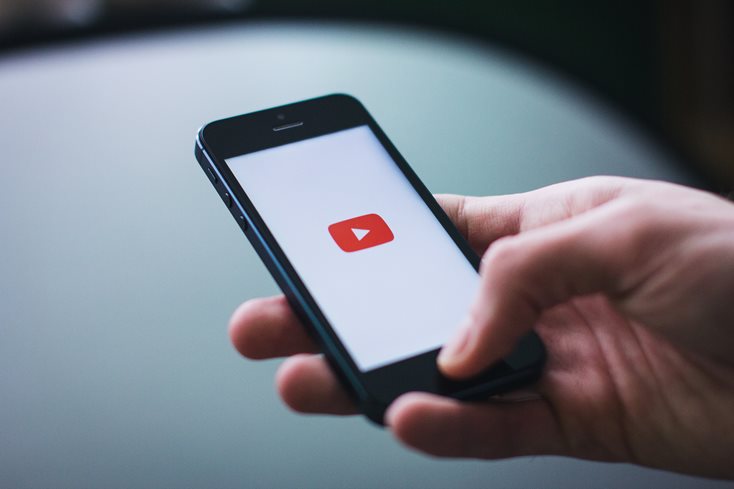Key Trends in Online Video During Covid19 and How Brands Can Benefit
The Covid19 pandemic has dramatically impacted every aspect of our lives - including our media consumption. We are digitally socialising and spending more time deeply immersed in online video. At a time when social connection is missing from our lives, people have welcomed the personal nature of influencers on platforms like YouTube. Brands have noticed this behaviour shift and many are looking to engage with content creators on YouTube for the first time.
Here are several key trends that brands should take note of when they’re thinking of launching campaigns.

The right platform for the right brand
As a nation we are consuming more video content. According to GlobalWebIndex, 38% of people are now watching more online video as a result of Coronavirus. We gravitate towards platforms that produce useful and relevant content, as well as looking for entertaining escapism. Brands should carefully consider which is the right platform to engage their customers. YouTube is great for long-form video, deep personal connections, useful news, information and education relating directly and indirectly to the virus. Meanwhile Facebook has become more synonymous with music and livestream listening parties hosted by the likes of Chris Martin. The newest kid on the block TikTok offers short-form entertaining and snackable comedic content. All of them feature online content creators who are able to get to market quickly, react to consumer needs and social events.
Online content creators offer immediacy
The immediacy of these platforms reflects the immediacy of our times. Consumers use YouTube and Google as search engines - to find information as and when they need it. Website visitors are up 15.3% overall, on YouTube according to The New York Times. Instagram has 22% more impressions and TikTok has seen a 27% increase in engagement, according to Obviously. Content producers can create relevant and engaging content at pace and reach audiences at scale. The key difference between social media platforms and television is, of course, the ability to quickly react to unfolding news and rapidly produce tailored content.
Fame relates to what you do, not how you look!
While influencers on Instagram might have seen their influence wane in areas like fashion and travel, long-form content creators are seeing their value and importance grow exponentially. A great example of this is Joe Wicks, whose daily exercise classes on YouTube have become a lockdown sensation - viewed more than 23 million times in one week. Wicks is one of many creators on the YouTube platform witnessing a big increase in viewers. Average YouTube views increased by over 13% in the UK, France, Germany Italy and Spain in March (according to Tubular Labs). But what we are watching has changed. In normal times beauty, travel and fashion content perform well coming into summer, but viewing figures are currently down. Instead people have flocked to home and fitness content, up 145%, people and lifestyle content, up 48%, news and education, up 30% and food and drink videos, up 36%.
Content creators are tailor made brand ambassadors for socially distant times
Content creators are used to this new world of communication. They often worked from home for years and connected with friends and their communities across the world. Creators have plenty of tips for working from home and self-care during social distancing. They offer important virtual connections to people who have been confined to their houses. According to Kantar 92% of people are happy for brands to continue to advertise but 77% of them expect the advertising to be helpful. Working with influencers who know their audiences is a smart way of staying on the right side of consumer sentiment. A great example influencer is Lavendaire providing 15 tips for surviving isolation, sponsored by Skillshare. One of the tips was on online learning which referenced the brand, this was a relevant mention embedded in helpful editorial.
The ability to track success is heightened in today’s world
With ecommerce seeing remarkable growth even the boss of M&S has said that ‘retail won’t go back to what it was.’ Consumers are used to online ordering and receiving goods through the post. A real benefit of ecommerce for brands is the ability to really track the success of different influencers. They can build custom landing pages and issue each influencer discount codes. Different genres and messages can then be tested in highly sophisticated ways. The first consideration of brands looking to work with content creators should be their audience. This is one of the main reasons it is worth buying a data tool or working with an agency that has access to audience demographic information.
Online video has become a consistent part of peoples’ lives during lockdown. It is where they turn for information, education and entertainment, a trend that will outlive this virus. By engaging in relevant ways, brands can reach relevant and engaged audiences.